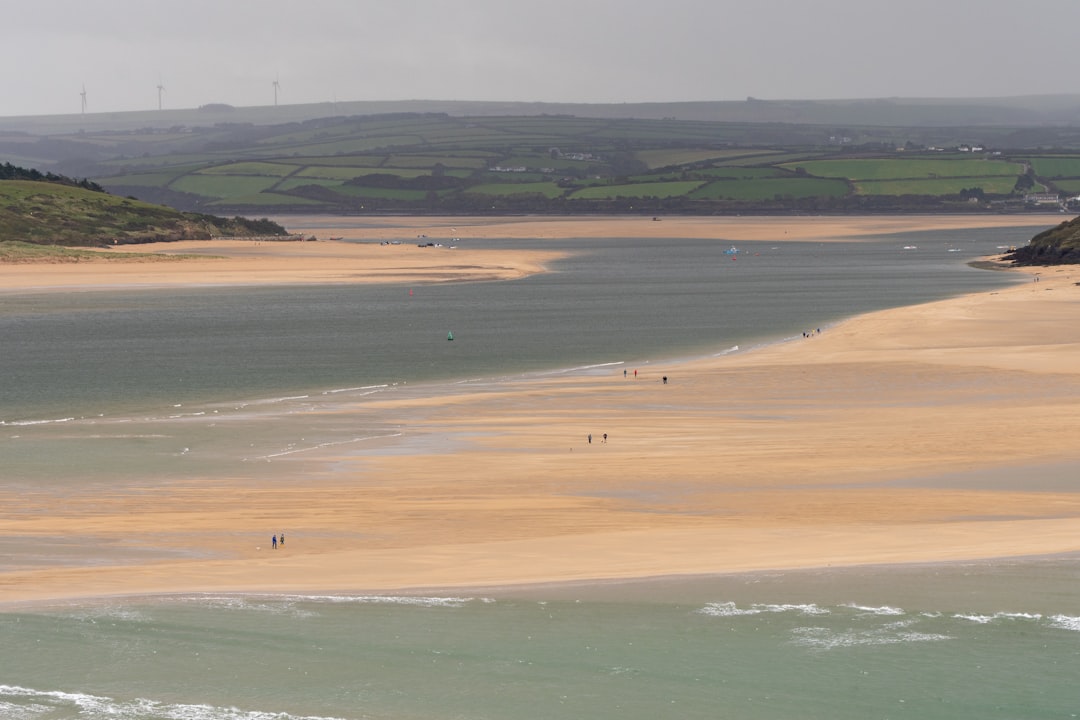What is it about?
For over a century, geophysicists have understood that signals (echoes) from impedance boundaries in the earth can be "inverted" to understand the hidden layers that these boundaries conceal. These layers are described by their impedances, either acoustic or elastic. Similarly, organizational components can be described by their own unique "organizational impedances". This paper introduces a framework with which to study and improve organizational health for Near Field Exploration via an understanding of organizational impedance contrasts.
Featured Image
Why is it important?
The process of discovery dwells within an intensely personal and fragile ecosystem, especially for organizationally complex enterprises such as Near Field Exploration. When culture and leadership are out of tune, various mismatched organizational impedances need to be "matched" so as to optimize the flow of information, communication and discovery. But how to know when there is a problem? Through the study of "key indicators" (i.e. signals) that originate at organizational boundaries, much like seismic waves.
Perspectives
This article builds on decades of working with highly talented "Near Field" oil finders from many different countries. While the skills needed to unravel the properties hidden beneath geological boundaries are universal, the organizations within which these scientists work seem haphazardly structured. My goal in writing this is to open a healthy dialogue between geoscientists that acquire, process and interpret reflected signals, engineers that understand impedance matching, and Organizational, Lean and Agile professionals that can put it all together.
Steven Tobias
Read the Original
This page is a summary of: Interpreters and near-field exploration: The role of leadership, culture, and organizational impedance contrasts, Interpretation, April 2018, Society of Exploration Geophysicists,
DOI: 10.1190/int-2018-0214-ps.1.
You can read the full text:
Contributors
The following have contributed to this page










